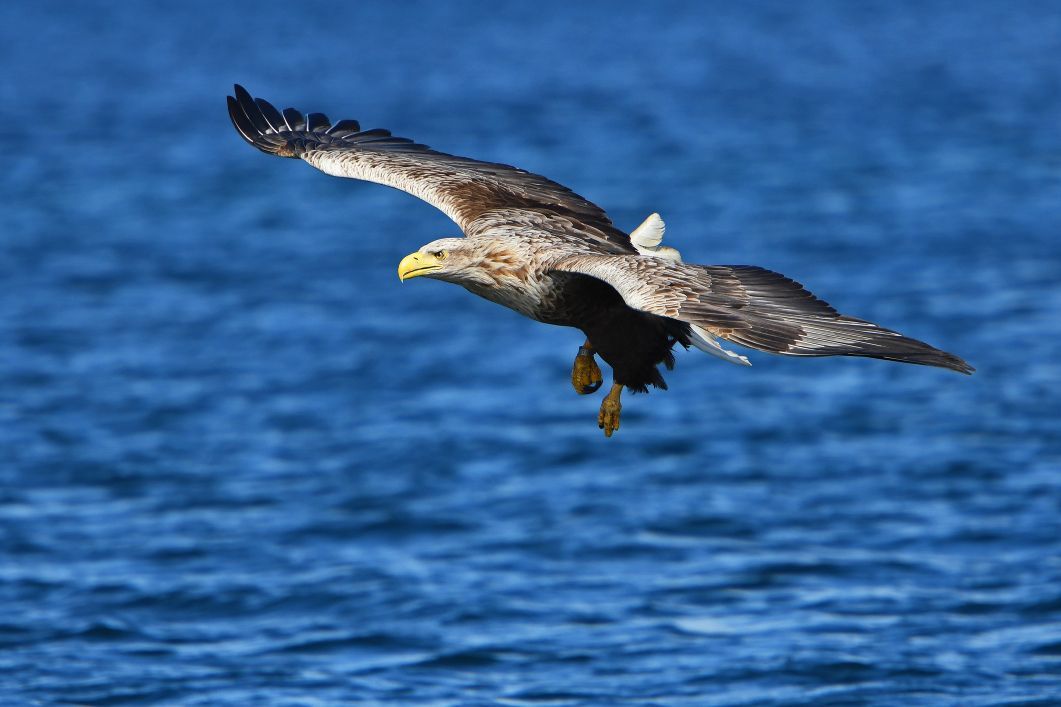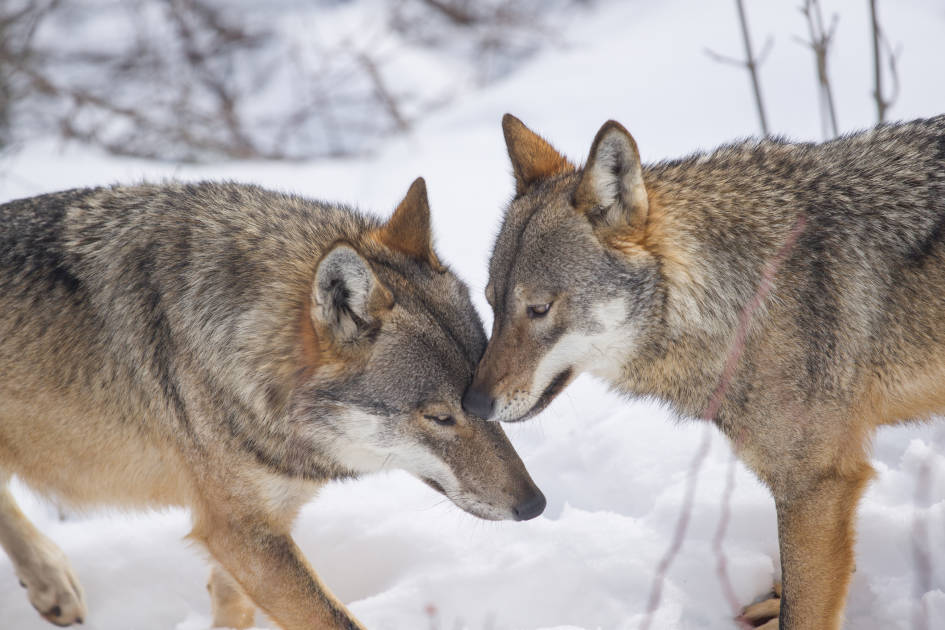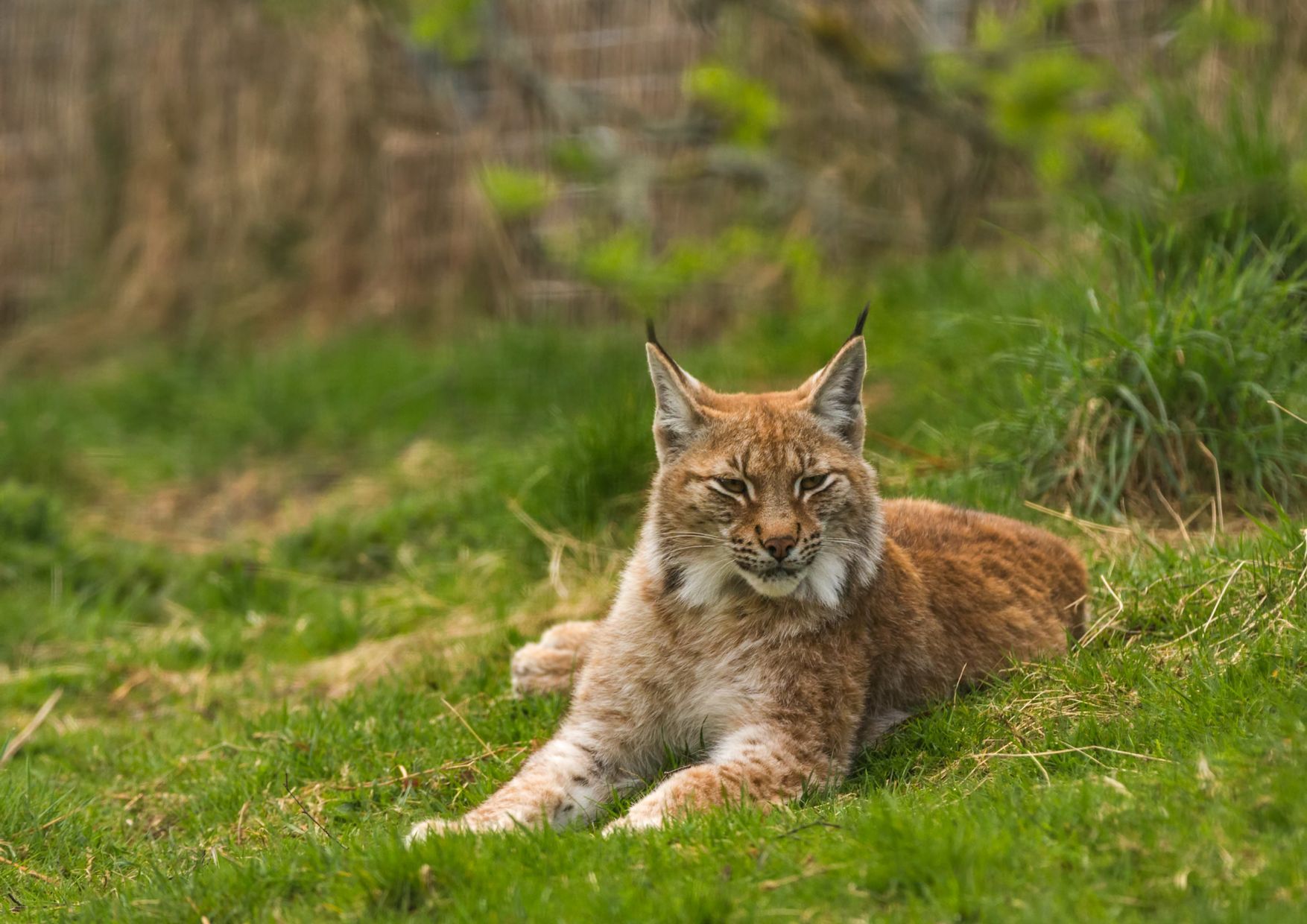Our Book Club pick for August is Restoring the Wild: Sixty Years of Rewilding Our Skies, Woods and Waterways by the accomplished conservationist Roy Dennis. This isn't a book full of vague optimisms on how we can restore the dwindling biodiversity of our world, but rather a step by step, start-to-finish guide to the practise of doing just that - from a man who has done it more than any other, in the United Kingdom at least.
We learn about the reintroduction of sea eagles to Scotland, and how Dennis noted in the 60s that they could be worth “£15,000 a year in tourism revenues to northern Sutherland.” They're now “worth £5 million a year to the Isle of Mull alone.” This was not a quick process, though, and we follow the journey - through words and fantastic archive photography - from the Fair Isle in 1968, through the nitty, gritty of securing the eagles from Norway, raising them to the point of release (while keeping them wild), and tracking and monitoring their progress.
Dennis’ love for the animals always shines through: “What awesome birds they were,” he writes of the very first sea eagles imported to Scotland, “huge, solid birds with big sharp bills and large feet and talons, and dark soulful eyes.”

We learn through the reintroduction of red kites that “the last places were not necessarily the best habitat for a species, but were rather the places where birds have survived because of remoteness,” and through ospreys about the inane bureaucracy behind the scenes. There are plenty of more lighthearted, frankly adorable moments in there too, not least Timmy the red squirrel, adopted by Dennis after the animal’s mother was hit by a car. “He came with me on osprey watches, made appearances from within my pullover at the local pub, jumping from person to person, and even came with me high in the Cairngorms.”

Dennis is a man who sticks to science over hyperbole, so there's an extra emphasis when he writes that: “most of these iconic creatures had died out not through changing climate, or loss of available food or habitat; nearly all were cases of simple, but appalling, extermination; by man”. He views reintroduction as a responsibility “to redress the damage of previous generations.”
Not one of these reintroductions came easily, though. Dennis laments the increasing opposition to reintroductions, not just from landowners, farming, forestry and fishing communities, but also from the increasingly restrictive guidelines within conservation itself. The reason the reintroduction of the lynx remains in the long grass, and that of the beaver has been so slow, has more to do with social and political issues than it does to do with ecology, he writes.

“Anyone would think it's a herd of brontosaurus that were under discussion," he writes of the beaver, while also highlighting that, “with so much at stake environmentally - floods, droughts and the pollution of rivers and estuaries, which beavers can ameliorate - the opposition to beavers being a widespread accepted feature of our land is becoming ever harder to justify.”
There's a bit of globetrotting, from bear-watching in Transylvania to wolf sightings on goose research expeditions in Greenland. That’s not to mention the time spent on army planes, flying to and from Norway and the Scottish isles.
Restoring the Wild is ultimately a book that shows that when a species has even one true champion; someone prepared to fight through the mountain of red tape for their reintroduction, they can make it happen. Some of the reintroductions mentioned in the book never make it to the wild. But by understanding why, and with the details of the more successful projects, we can move past the doom and gloom, and focus on not just why reintroduction work would be good in theory, but why, for the sake of our nature today and tomorrow, it must become a reality.
Inspired? Check out our rewilding adventures, and browse our full range of trips, benefiting local communities and backing conservation.
This article contains affiliate links. Which basically means we make a little commission if you click through and buy something. It doesn’t cost you anything, and it just means we can do more good things in good places.

